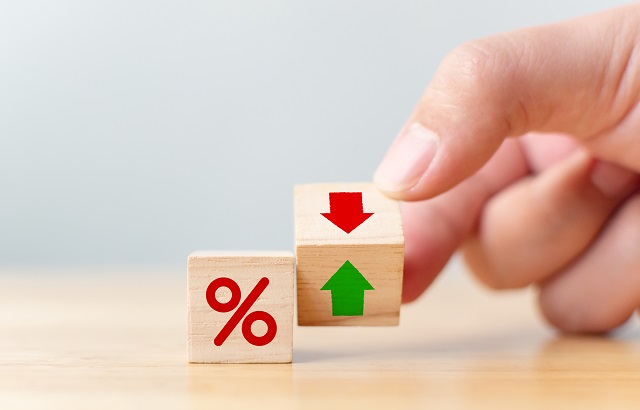The Fidelity Sustainable Multi Asset fund range is set to lower its cash levels next year and raise equity exposure to reflect a more risk-on approach, according to portfolio manager Caroline Shaw.
Given the volatility experienced this year, Shaw said being well diversified across both asset classes and underlying investments proved helpful for the fund range.
“The key has been a cautious approach overall with lower equity exposure and lower fixed income exposure than during a typical year,” she said. “The offset has been higher than usual cash positions which we do not expect to sustain through 2023.”
While Shaw expects to see plenty of interesting investment opportunities to redeploy this cash into, she said the trigger for move is likely to be sight of the ending of rate hikes in the US and across Europe, and a change in the upward trajectory of inflation.
With fast moving variables likely to impact the global economy in 2023, Shaw noted the importance of “staying nimble” to react quickly to changes in markets, with the ability to focus on finding secular growth opportunities likely to be key.
“The varying impact of these variables on different parts of the world will mean that tactical asset allocation will be an important source of value-add,” she said. “However, we do think that this will lead to attractive opportunities to add to risk-on positions.”
European focus
For Shaw, given appropriate policy support, it could be the European equity market that offers a positive surprise in 2023.
“Markets have severely corrected during 2022 and valuations are starting to look attractive in some sectors,” she said. “For sustainable investors, Europe leads the way with sustainability standards, high levels of corporate disclosure and transparency and in the early adoption of a double materiality approach.”
Of course Shaw noted that risks still persist in Europe, not least the ongoing energy crisis and the war in Ukraine. At the same time she noted that, while gas storage levels look sufficient to cope with the imminent winter, based on reduced demand across Europe, next winter appears less secure.
“We are therefore mindful of the bigger picture and long-term nature of the energy crisis solutions,” she said.
Looking at positing, Shaw said listed-alternative investments focused on renewables and infrastructure have been at the mercy of energy prices, rising rates and UK political (and fiscal policy) uncertainty from short-lived policies through to leadership changes.
“From a sustainability perspective, renewable infrastructure investments are a key element in the transition to net zero and in energy security,” she said. “From an investment perspective, the inflation linkage is an attractive characteristic, in addition to the differentiated sources of revenue.
“Experienced management teams running trusts with valuation cushions against higher risk-free rates look attractive for the longer term though we are mindful of the policy risks facing the UK given the economic backdrop and the politics of support for the energy transition in such an environment,” she added.








